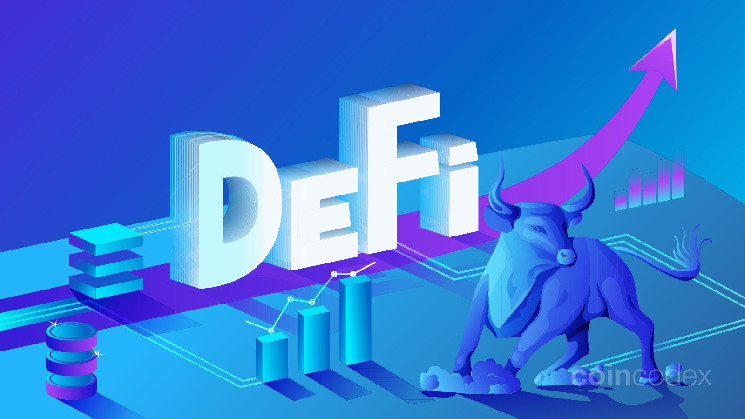In recent years, decentralized finance (DeFi) has emerged as an exciting new frontier that is challenging traditional finance (TradFi) in innovative ways. While TradFi requires centralized intermediaries like banks, DeFi enables peer-to-peer transactions without such middlemen through programmable smart contracts on blockchain networks.
One popular use case for DeFi is yield farming – earning returns by supplying crypto assets as liquidity to decentralized applications (dApps). However, manually managing exposures across multiple dApps can take time and effort. This is where DeFi yield aggregators come in handy. By automating the yield farming process, aggregators make it easy to take advantage of opportunities across the DeFi ecosystem with a single transaction.
But with dozens of options available, choosing the right aggregator can seem overwhelming. To help simplify the decision, this article will explore how yield aggregators work and provide an overview of 5 top platforms that are continuously pioneering new advancements in 2024. Stick around to the end to find helpful tips for selecting an aggregator that matches your risk tolerance and goals.
THE BEST DEFI YIELD AGGREGATORS IN 2024:
- Yearn Finance – Pioneering decentralized vault manager
- Convex Finance – CRV token boosting protocol
- Beefy Finance – Multi-chain yield optimizer
- Harvest Finance – Automated yield maximizer
- Idle Finance – Set and forget approach
What are DeFi yield aggregators?
At its core, DeFi is all about permissionless access to financial services and maximizing returns on digital assets through decentralized applications. Yield farming lets users earn interest by supplying liquidity to these dApps, such as lending protocols, automated market makers (AMMs), and staking mechanisms. However, manually jumping between opportunities is cumbersome and comes with drawbacks like high gas fees on Ethereum.
This is where yield aggregators step in as the air traffic controllers of DeFi. By combining assets into automated “vaults,” these platforms pool together liquidity from multiple yield sources and then continuously seek out and shift exposures to optimize earnings. This process of autocompounding rewards is handled by smart contracts without any work from users. Aggregators also reduce gas costs by bundling transactions.
The result is a “set it and forget it” experience where digital dollars work day and night, generating optimum risk-adjusted returns without keeping track of numerous interfaces. It’s a convenient one-stop-shop approach to DeFi. Now whether they can be trusted with our crypto is another question.
How does DeFi yield aggregators work?
To understand how these magical yield machines function, let’s break down the process into three key steps:
Liquidity provision
Users deposit supported assets like stablecoins, ether, or governance tokens into an aggregator’s vaults. This pooled capital is then supplied as liquidity to various DeFi protocols.
Yield optimization
The aggregator’s smart contracts monitor yields across the ecosystem in real-time, looking for higher risk-adjusted returns. They automatically shift exposures between opportunities, like when a new farming incentive emerges.
Compounding returns
Periodically, usually every few minutes, rewards from each source are harvested, converted to new tokens if needed, and redeposited. This constant autocompounding snowballs users’ balances over time without any clicks required.
The 5 best automated DeFi yield aggregator platforms in 2024
By juggling positions behind the scenes, aggregators aim to outperform standalone strategies through rebalancing magic. It’s the ultimate set-it-and-forget-it experience for yield farmers – like putting your crypto on autopilot. Of course, the devil is often in these automated details.
1. Yearn Finance – The OG yield aggregator
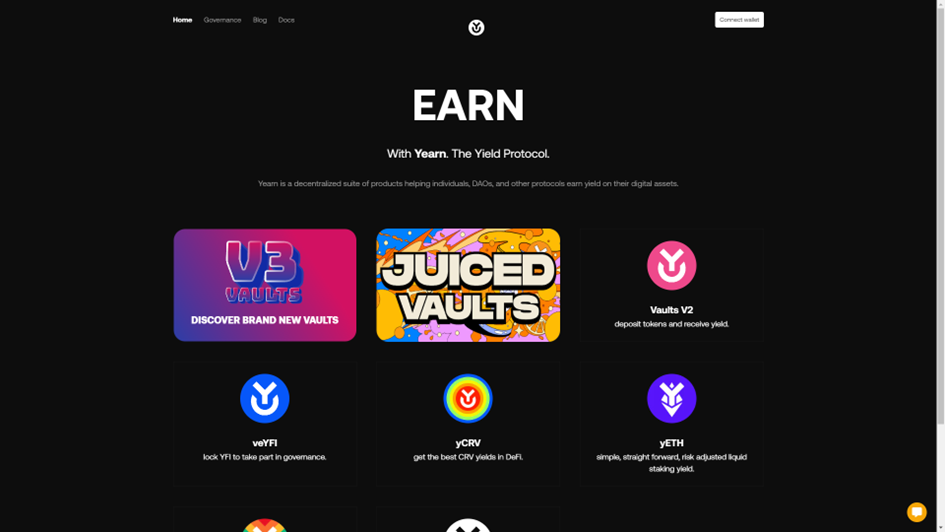
Dubbed “the yield cow” of DeFi, Yearn has long stood out as the OG aggregator by continuously pioneering new vault strategies since its launch in early 2020. It pioneered the concept of auto-compounding yields via its yVaults, where assets continuously generate returns without manual claiming/restaking by farmers.
Today Yearn operates as an open-source DAO with over $1 billion in total value locked (TVL) across Ethereum, Fantom, Polygon, and other networks. It has expanded to cover virtually all blue-chip DeFi protocols like AAVE, Compound, Curve, SUSHI, and more – often becoming the largest liquidity provider.
Users can choose from dozens of stablecoin-focused vaults carrying low risks. Or they can deploy to higher yield/risk strategies like yAxis’ leveraged tokenized positions. Yearn also insures funds via third-party protocols and recently started to incorporate NFT borrowing. It remains the 800-pound gorilla due to its vast experience and ecosystem influence.
- Established brand with sizable TVL backing strategies
- Pioneered the yield aggregator model
- Supports Ethereum and networks like Fantom
- Interface can be complex for beginners
- High gas costs on Ethereum during periods of congestion
2. Convex Finance- Curve boosts for CRV holders
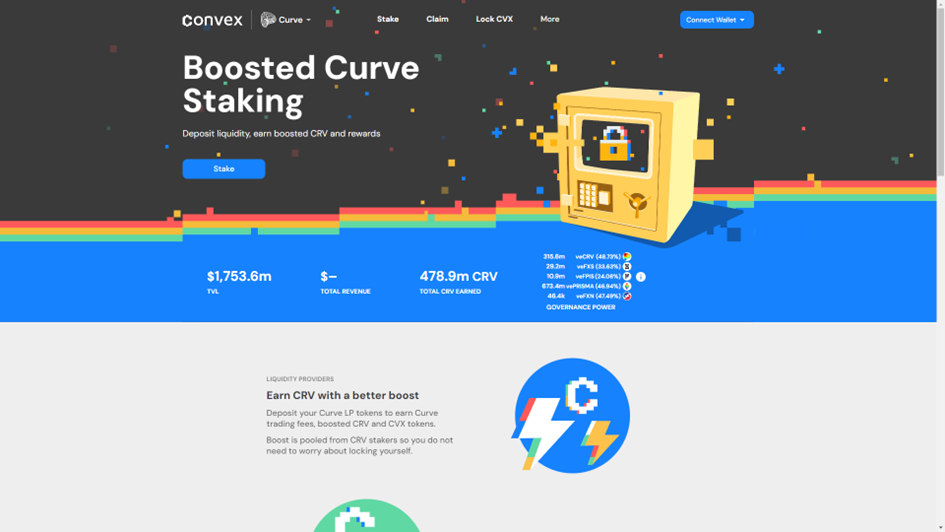
As a specialized Curve-focused aggregator, Convex takes a slightly different approach. It auto stakes users’ liquidity provider (LP) tokens earned from Curve pools into its cvxCRV staking contract. This provides boosted earnings from trading fees that are redistributed as incentives.
The platform automatically rebalances exposures, claims rewards, and restakes – without users needing to lock tokens long-term as with Curve. Currently, it supports stablecoin pools and has quickly amassed a TVL of more than $1.75 billion. Convex innovates at a rapid clip too, such as its recent Convex Boost program experimenting with new reward distributions.
While narrowly tailored to optimizing Curve positions, Convex stands out for leveraging an existing blue-chip protocol. It also launched on Ethereum, Fantom, and Polygon, helping spread adoption. Solid transparency and third-party reserves further boost its credibility for set-it-and-forget-it staking with Curve.
- Leverages lucrative CRV incentives
- Simpler vault structure than Yearn
- Lower fees than Yearn in some cases
- CRV price exposure adds risk
- Fewer integrated protocols than competitors
3. Beefy Finance – Beginner-friendly multi-chain aggregator

One of the prime multi-chain aggregators, Beefy provides a variety of automated vaults across Ethereum, Polygon, BSC, Avalanche, and others. This includes strategies concentrating on stablecoins, yield farming protocols like Curve, and specific network tokens.
Beefy differentiates through competitive APRs maintained by automatically switching between protocols based on rates. Plus, its team is diligent about sharing ongoing security assessments and smart contract audits, which is important for trust in automation. Beefy also pioneered insured vaults via partnerships and uses multi-sig wallets to guard funds.
While lacking Yearn’s experience or Convex’s Curve focus, Beefy offers users simplified access to yields across several dominant networks. Its solutions are tailored for set-it-and-forget-it farming without advanced DeFi knowledge required. Beefy continues fine-tuning strategies and expanding to more chains to solidify its position as a leader for passive aggregator earnings.
- Easy-to-use interface for new users
- Multi-chain coverage for portfolio diversification
- Competitive APYs across different assets
- Fewer advanced strategies than some competitors
- Support for newer chains still being developed
4. Harvest Finance – Automated asset management
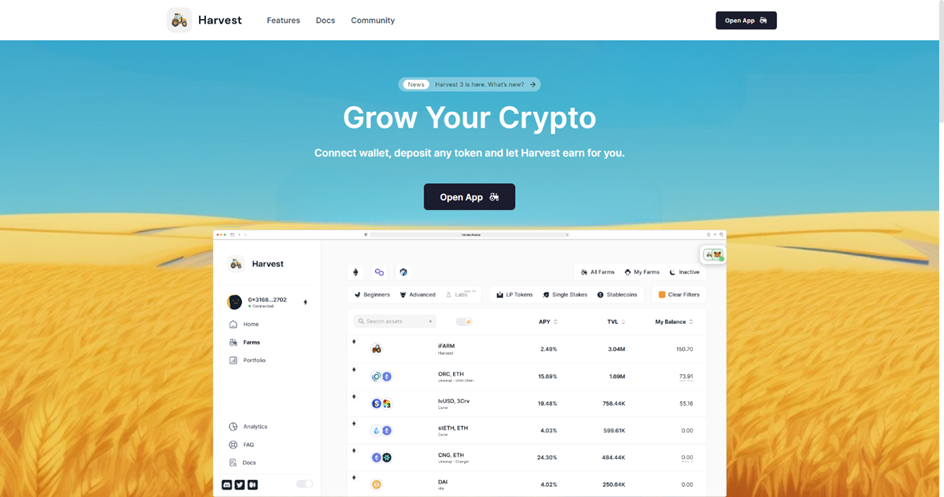
Operating on Ethereum, Polygon, and BNB Smart Chain, Harvest Vaults target yield farming protocols and stablecoin strategies. It autostakes over 60 different tokens while aiming to maximize risk-adjusted returns. Harvest’s team also pools community funds for initiatives like launchpad investments.
The protocol implements smart contract upgrades carefully with multi-sig approvals and has undergone multiple security audits. Meanwhile, Harvest is gradually introducing more specialized vault types tailored to network or protocol-focused yields. This includes pools for Olympus DAO, AAVE, SushiSwap, and others.
While Harvest may lack the raw TVL or name recognition of top platforms, it remains a trusted brand through transparent team communications and gradual product expansion. The aggregator presents itself as a more specialized – but still hands-free – way to access blue-chip DeFi protocols globally.
- Advanced strategies utilizing algorithmic trading
- Intuitive interface optimized for mobile
- Strong cross-chain integrations including Polygon
- Steeper learning curve than simpler aggregators
- Strategies not as transparent as vault-based systems
5. Idle Finance – Set-it-and-forget-it DeFi
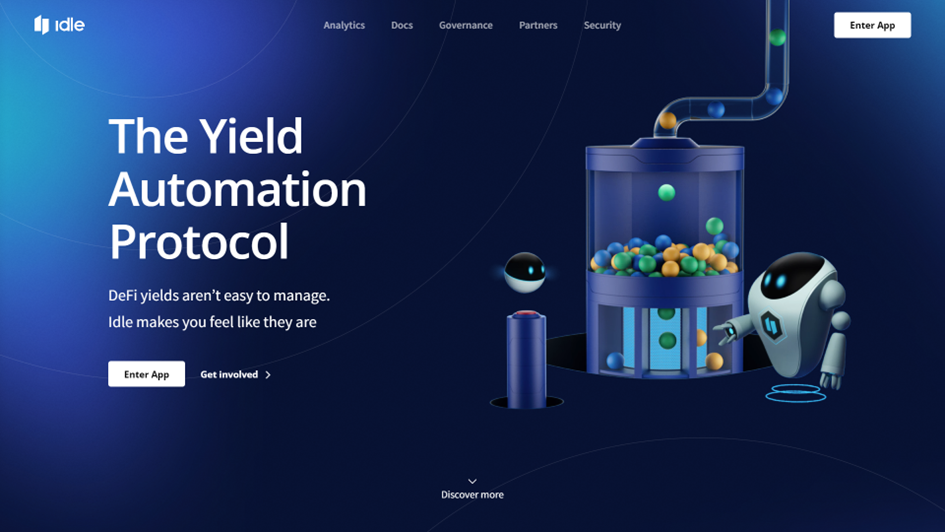
Specialized in stablecoins and money markets, Idle offers a variety of single-asset and diversified vaults optimized for capital efficiency and risk management. The aggregator leans on automated yield strategies via protocols like AAVE, Compound, and Conrad to form risk-targeted static portfolios.
Idle earns merits through a rigorous review of collateral ratios, liquidation points, and protocols’ credit risk. Meanwhile, its automated rebalancing helps keep vaults optimally hedged as conditions evolve. The protocol has also grown a following through community involvement and educational workshops on stablecoin investing concepts.
While Idle may not push TVL boundaries, it presents unique expertise tailored for preserving purchasing power versus chasing the riskiest yields. The platform continues bolstering its analytical tools to provide optimized, automated stablecoin portfolios for less sophisticated investors.
- Minimal configuration needed to get started
- Low minimum deposit amounts
- Strong focus on intuitive UX
- Limited customization of strategies
- Fewer integrations than the largest competitors
- Smaller TVL indicates less protocol maturity
Tips for choosing a yield aggregator
With so many aggregator options across networks, how can one choose the right fit? Here are a few tips:
Consider your goals: Stable returns? Capital growth? Find platforms focusing on strategies aligned with your objectives.
- Assess risk tolerance – Review disclosed risks and target allocations and pick platforms with portfolio types matching your risk profile.
- Research experience – Longer-running teams with a history of innovating strategies may offer tested performance versus flash-in-the-pan options.
- Check fees and limits – Compare protocols’ all-in costs and if deposits or withdrawals are restricted by the size of the vaults.
- Review security practices – Consider auditing frequency, insurance, and multi-sig approvals for contract upgrades for the most transparent protocols.
- Go multi-chain – Spreading exposure across networks could hedge risks from any single chain locking up.
- Diversify deposits – Rather than betting farmlands, allocate judiciously across multiple reputable aggregators and vault types.
With diligent research, aggregators deliver a hands-free experience opening DeFi yields to mainstream users. Just be mindful that protocol risks persist with yield optimization magic – there are no free lunches in crypto.
The bottom line: These yield aggregators will help you maximize returns in 2024
Yield aggregators have streamlined the yield farming process, taking the legwork out of maximizing crypto returns through DeFi. As the space matures, competition is pushing platforms to innovate and deliver ever-better user experiences.
For set-it-and-forget-it yield, basic options like Idle and Beefy can’t be beaten. More advanced farmers may appreciate the sophisticated strategies of Harvest and Yearn. Regardless of your level, comparing features across several top aggregators will help you pick the ideal solution.
If you want to complement your DeFi yield aggregating investing with DEXes, you can consider using the world’s largest decentralized exchange, Uniswap, or some of the best Uniswap alternatives.

